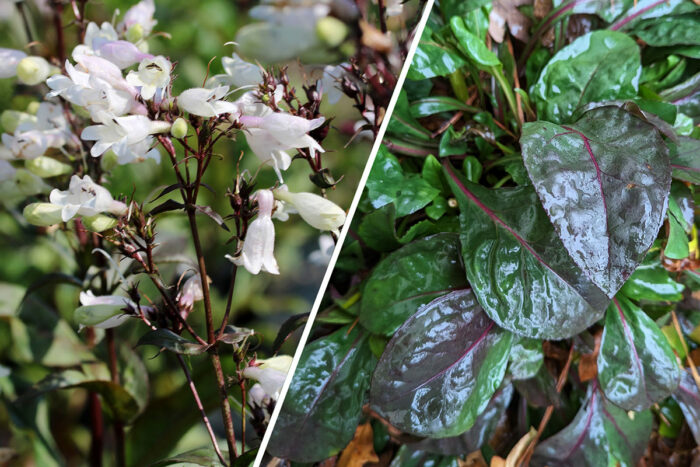
Fall and winter are the best times of year to see what our gardens look like outside of peak season and make our wish lists for spring planting. While evergreen trees and shrubs are cornerstones of winter structure, evergreen perennials can add even more texture and personality to the spaces in between. Here are my top contenders for evergreen perennials for the Southeast:
Learn more: Underused Perennials for the Southeast
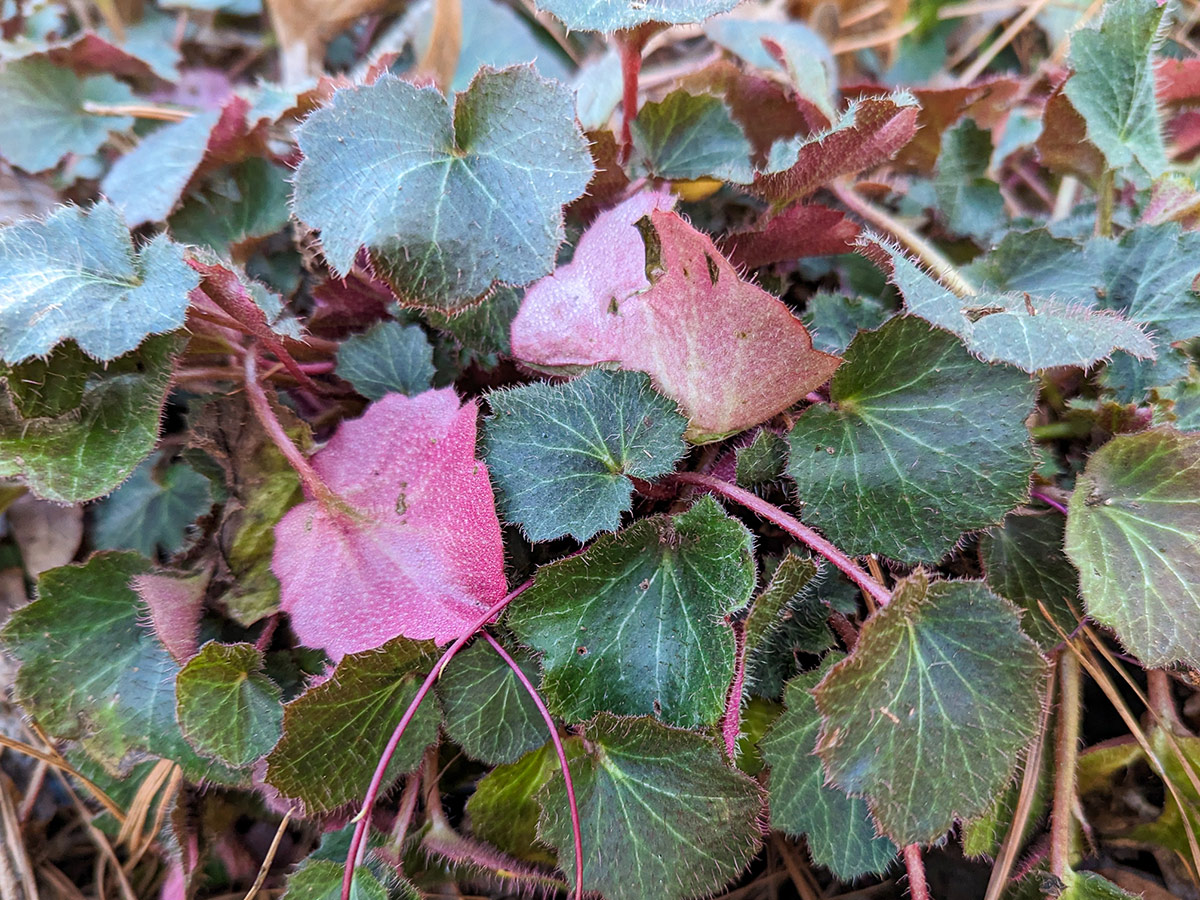
Strawberry geranium
Saxifraga stolonifera, Zones 6–9
Strawberry geranium is a no- to low-maintenance perennial that manages to look great even in winter. It is drought and humidity tolerant and grows in a variety of soils, traits that all spell success for the Southeast. This species has silver-veined, green leaves with the texture of felted wool, and unusual, pink undersides. Cultivars push the color possibilities even more. As you can imagine from the botanical name, strawberry geranium spreads by stolons into a lush ground cover, although plants can reach about 18 inches tall when in bloom. For best results, plant this evergreen in well-draining soil and provide it with either afternoon or full shade.
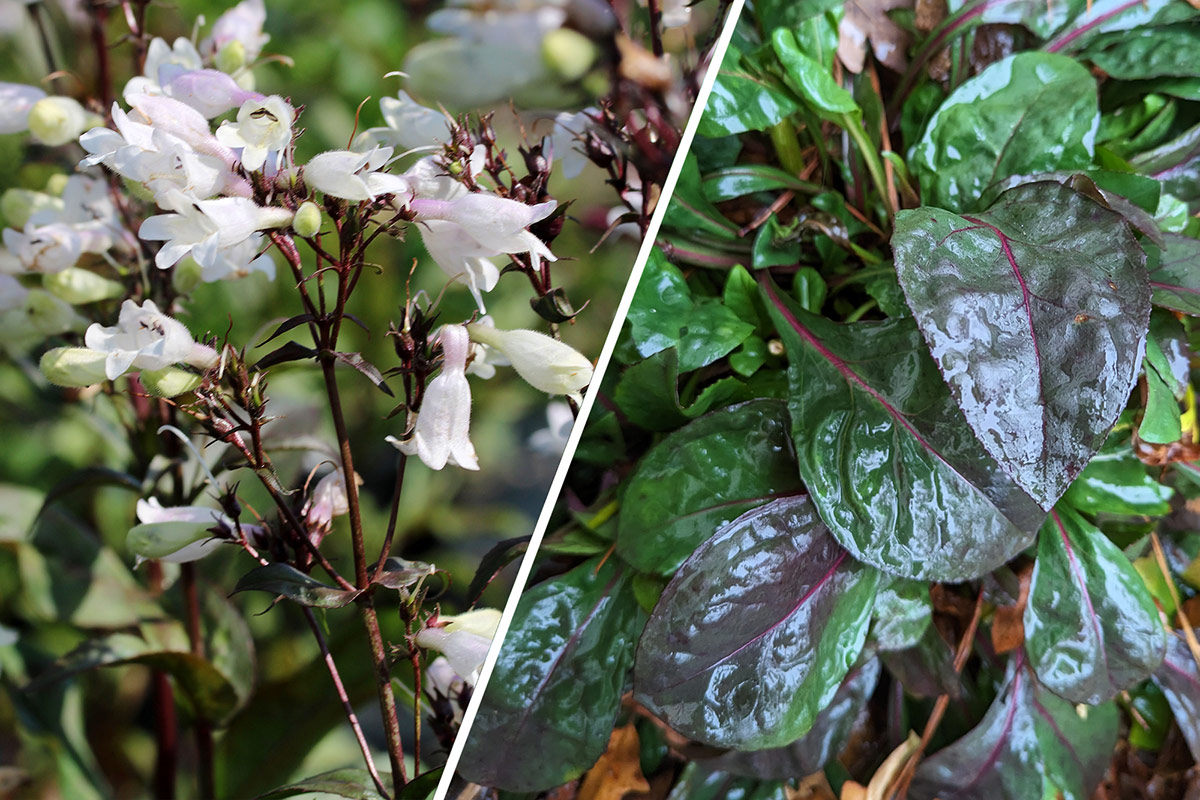
‘Onyx and Pearls’ penstemon
Penstemon ‘Onyx and Pearls’, Zones 3–8
Certain penstemon varieties can offer bold color with purple- and red-flushed foliage that stays evergreen in our mild Southeast winters. I’ve been happy with ‘Onyx and Pearls’ penstemon in my flower beds. Its dark foliage contrasts with white flowers, and it appeals to pollinators, namely bees. My only complaint is that while my plants are usually steadfastly upright, they have flopped before in storms when loaded with heavy flower stalks. I am excited to try ‘Blackbeard’ penstemon (Penstemon ‘Blackbeard’, Zones 3–8) next. After witnessing its performance in a trial garden, I can attest that it’s another beautiful, super dark variety, and best of all, it does not flop.
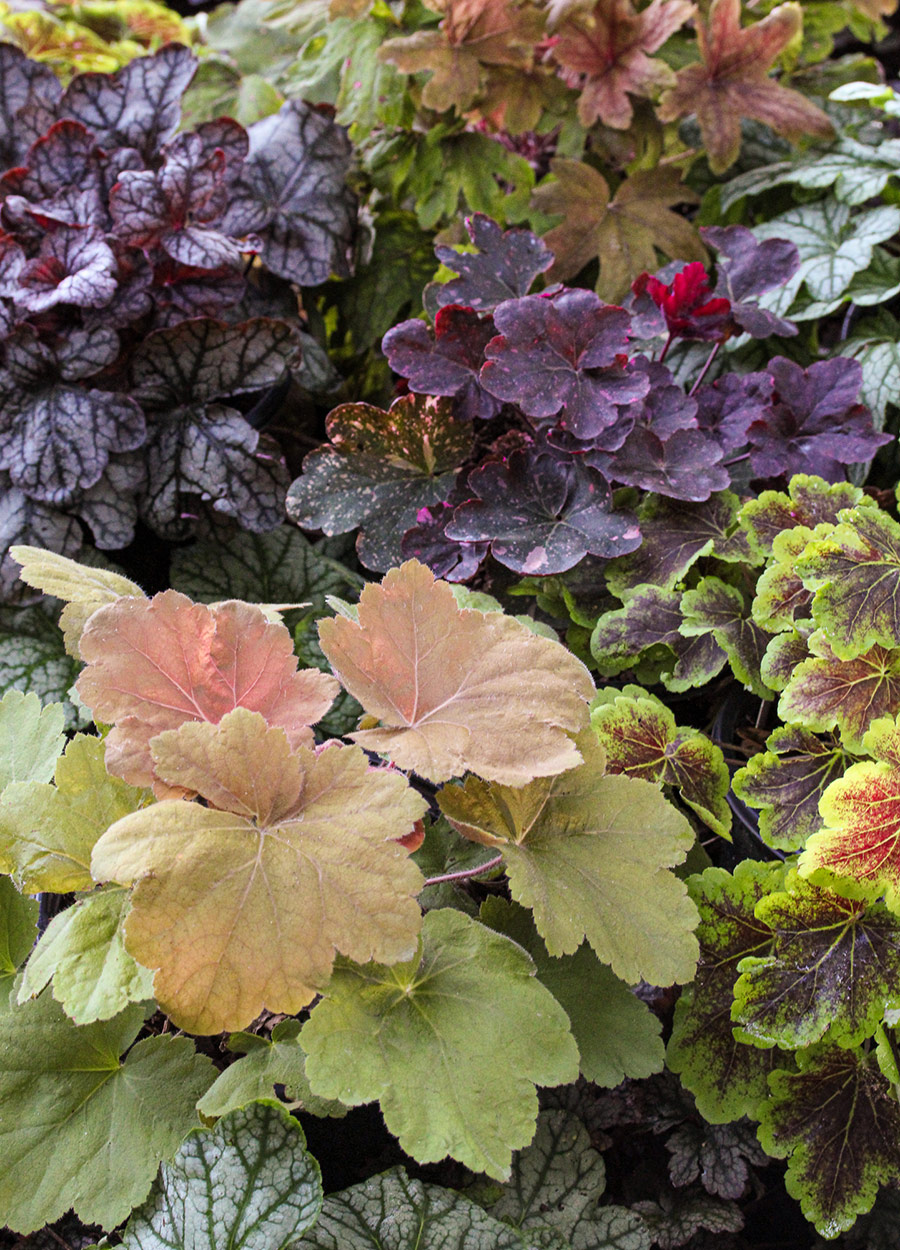
Heuchera varieties
Heuchera spp. and cvs., Zones 3–8
While I see some websites recommending full sun to light shade for heucheras, make no mistake that they will need protection from our hot summer sun here in the Southeast. Morning sun and afternoon shade are optimal when planting them in the ground. A fun way to work around this is to plant mixed containers of heucheras, which will be comfortable in full sun throughout the spring or fall. When the weather heats up, they can be moved to a shadier location or planted out. There are many varieties with tantalizing colors, but before you get swept up in a rainbow of euphoria, have a look at the botanical names. When possible, Southeast gardeners will want to seek out varieties with hairy alumroot (Heuchera villosa, Zones 3–9) or American alumroot (Heuchera americana, Zones 4–9) parentage for their tolerance of heat and humidity. In my experience, the colorful varieties tend to be more short-lived, but dividing them at maturity can help prolong their presence in your garden. If deer are a concern, try heucherellas (× Heucherella cvs., Zones 3–9), a cross between heucheras and tiarellas (Tiarella spp. and cvs., Zones 4–8).
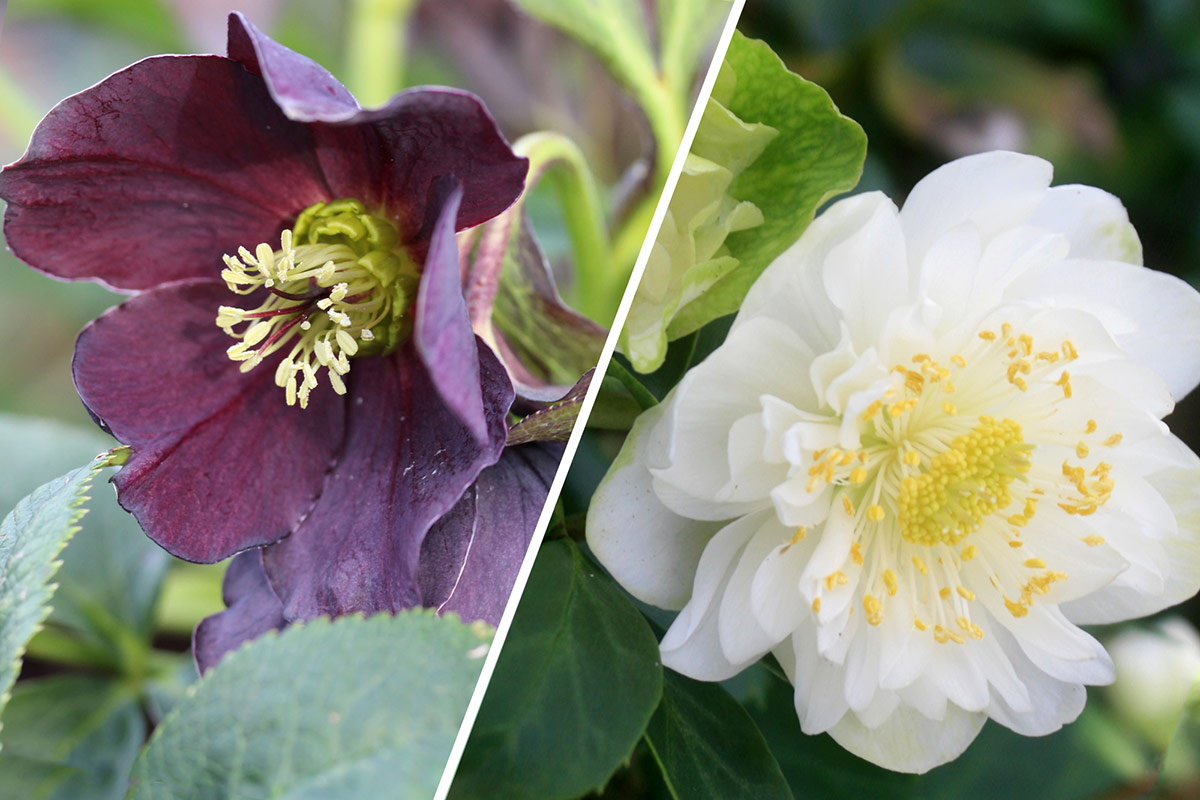
Hellebore varieties
Helleborus spp. and cvs., Zones 4–9
When I first started planting hellebores years ago, I was sure that their beauty and elegance would require an equal amount of fussing and upkeep to maintain. I couldn’t have been more wrong. Instead of a headache, I found a reliable, low-maintenance perennial to carry my shade beds through the most challenging time of year. The one downside is that most hellebores have shy, downturned, or side-facing flowers that can be difficult to appreciate from above. Planting hellebores in containers is a great way to shine a spotlight on them. Just be sure to choose a wide-mouthed container that makes it easy to transplant them later. Current favorite varieties of mine are ‘New York Night’ hellebore (Helleborus ‘New York Night’, Zones 4–9) from the Honeymoon® series and ‘Snowbells’ hellebore (Helleborus niger ‘Snowbells’, Zones 4–9) from the Wedding Party® series, but there are many other stunning varieties out there.
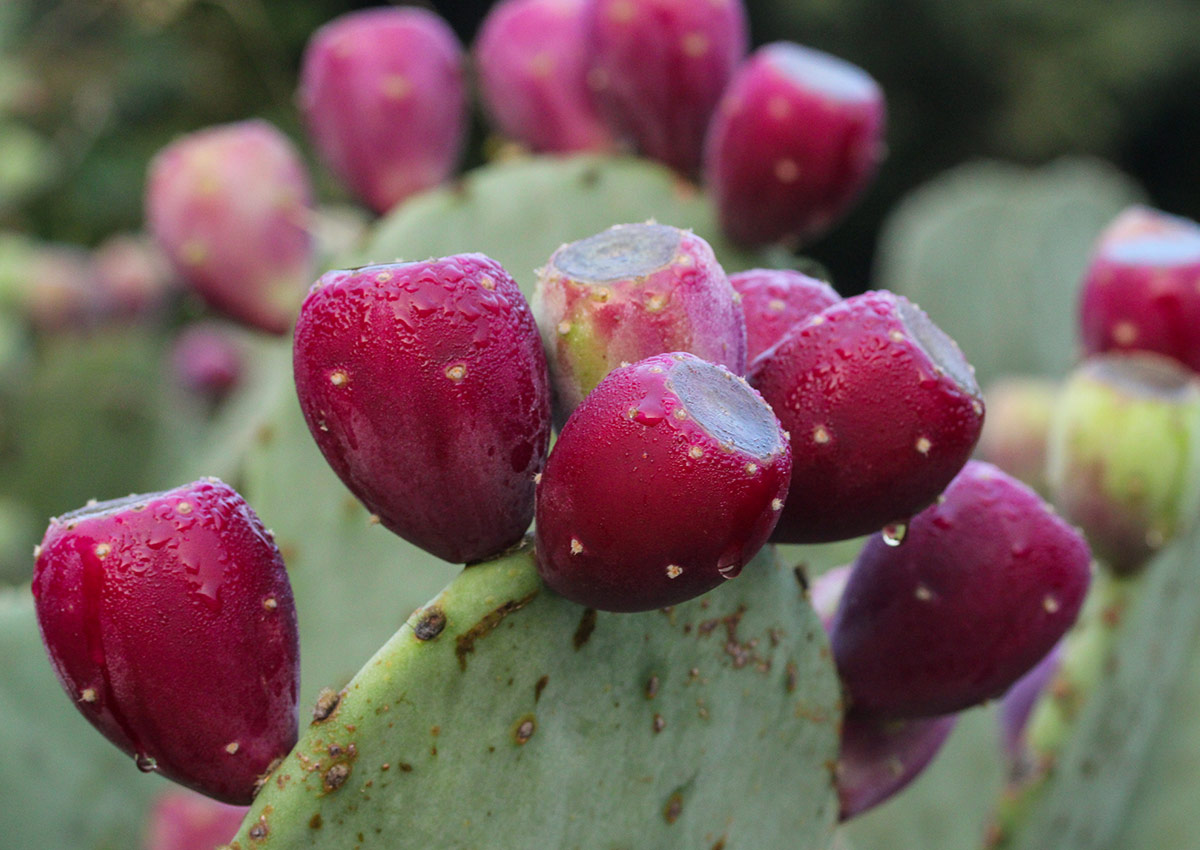
Spineless prickly pear
Opuntia cacanapa ‘Ellisiana’, Zones 7–10
This is another favorite I’ve seen grown in trial gardens and a no-brainer for the Southeast. Growing in Zones 7 to 10, and possibly into Zone 6, spineless prickly pear can handle our hottest summers and stick around to provide interesting winter architecture. The silhouette is typical of a prickly pear, but without the long spikes that can deter many of us (although the nubby glochids can still cause skin irritation if handled). Its bright sulfur-yellow flowers in late spring give way to beautiful, burgundy (nonedible) fruit in fall. The caveat is that this cactus must be grown in perfectly draining soil; poor winter drainage is the surest way to kill this perennial. Plant it in a sunny, sandy spot, and both you and your prickly pear will be happy for many years to come.
Cheyenne Wine is a writer and gardener with experience in the plant nursery industry. She currently helps promote conservation efforts through the Virginia Department of Conservation and Recreation.
Photos: Cheyenne Wine
Discuss this article or ask gardening questions with a regional gardening expert on the Gardening Answers forum.
For more evergreen perennials for the Southeast, click here. And for more Southeast regional reports, click here.
Fine Gardening Recommended Products

Nesco Snackmaster Express Food Dehydrator
Fine Gardening receives a commission for items purchased through links on this site, including Amazon Associates and other affiliate advertising programs.

The Nature of Oaks: The Rich Ecology of Our Most Essential Native Trees
Fine Gardening receives a commission for items purchased through links on this site, including Amazon Associates and other affiliate advertising programs.

ARS Telescoping Long Reach Pruner
Fine Gardening receives a commission for items purchased through links on this site, including Amazon Associates and other affiliate advertising programs.



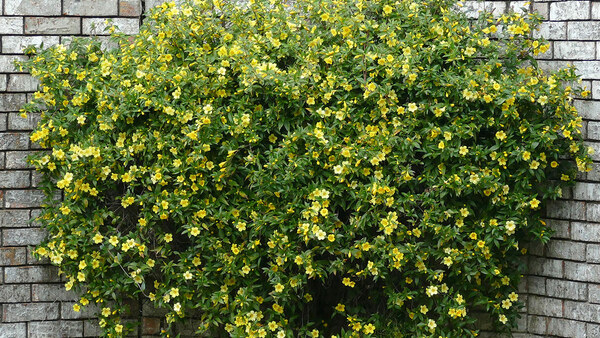
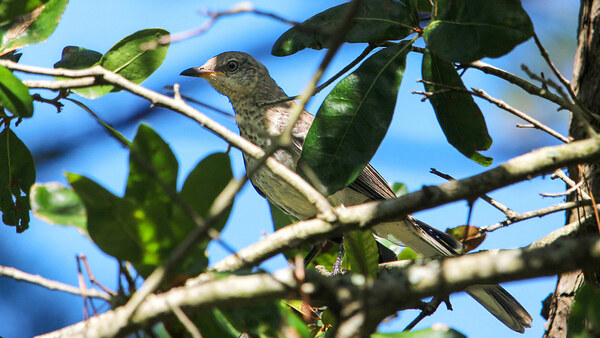
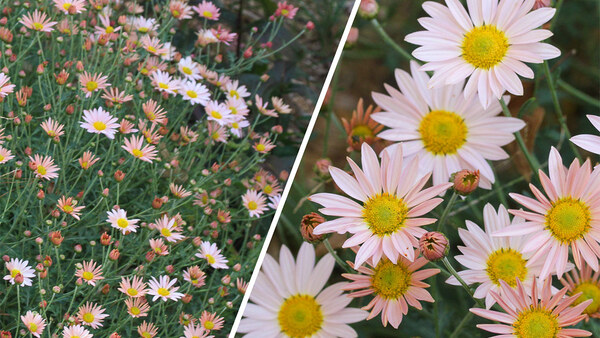













Comments
Log in or create an account to post a comment.
Sign up Log in